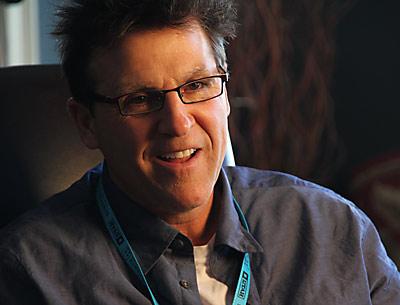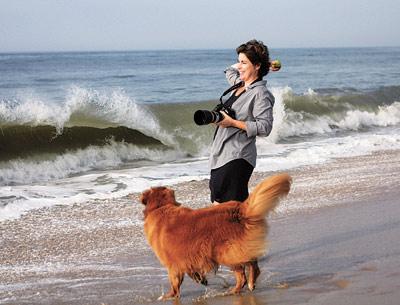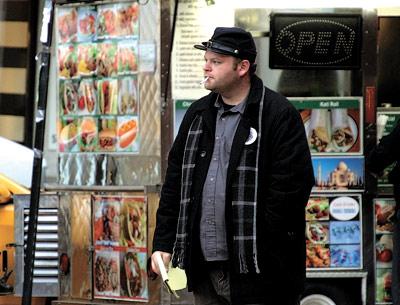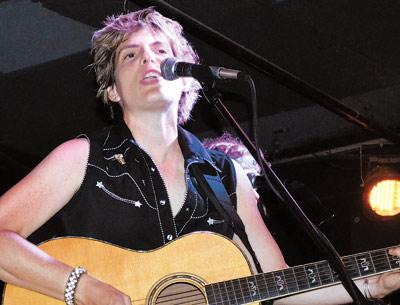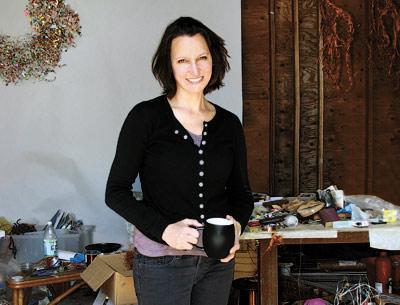Opinion :‘The Graduate’
Opinion :‘The Graduate’
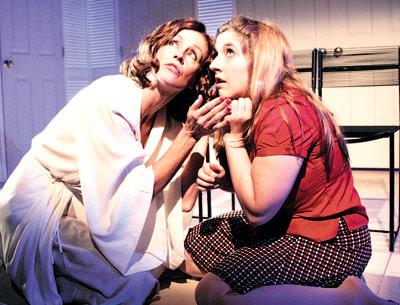
Somewhere between the edgy nihilism of Holden Caulfield and the playful insurgency of Ferris Bueller, there was Benjamin Braddock, the 1960s misfit hero of “The Graduate,” now playing at the Southampton Cultural Center until Sunday.
The momentous movie, released in 1967, was based on a novel by Charles Webb and adapted for the screen by Buck Henry and Calder Willingham (who both submitted screenplays but did not actually collaborate), and directed by Mike Nichols, who earned an Oscar for his innovative style. It featured the songs of Simon and Garfunkel on the soundtrack, an album that, upon its release, dislodged the Beatles’ “White Album” from the number-one slot. The movie has frequently turned up on the American Film Institute lists as one of the most important films of the 20th century, capturing young people’s desperate search for meaning on the eve of the counterculture movement.
This stage version, adapted by Terry Johnson, was first presented on the West End in London and found a home on Broadway a decade ago, offering several new scenes.
“The Graduate” follows Benjamin, an upper-middle-class college graduate who has returned to his parents’ home in California for the summer with no particular plans. He is drawn into an affair with one of his parents’ friends — libidinous, alcoholic Mrs. Robinson, the original cougar, only to meet and fall in love with the Robinsons’ daughter, Elaine, when she returns from Berkeley.
The Southampton production, directed and designed by Michael Disher, offers up a set featuring a series of white doors interspersed with white louvers, a very modern 1960s look, dappled with light and a clean efficiency. Songs like “The Girl from Ipanema” and “Don’t Let The Sun Catch You Crying” add to the feeling that this is, indeed, California circa 1964.
Vincent Carbone excels in his role as Benjamin, the part made famous in the screen version by a young Dustin Hoffman. Mr. Carbone manages to both shuck the Hoffmanesque archetype and add layers of likable neuroticism to a character once deemed “an insufferable creep” by Roger Ebert.
All that bored Benjamin wants is to be around “simple, honest people,” a seeming impossibility until Elaine Robinson returns. Elaine — played disarmingly by Bethany Dellapolla — describes herself as a “plain ordinary person,” but she manages to bring out the humanity in Benjamin, in a stripper she meets, and even — for a moment — in her mother, played with cool control by Brooke Alexander.
The stage production sparkles with life and humor, more energized and less dark than the film, with a welcome depth added to the characters of the Robinson women in additional material that offers a glimpse into what may have made Mrs. Robinson who she is.
Benjamin’s parents are portrayed by John Tramontana and Barbara Jo Howard, who manage beautifully to balance their concern over their son’s future with their own self-centeredness. If it were 10 years later they would be popping Valium and trying Est. Seth Hendricks plays the cuckolded Mr. Robinson with a touching combination of authority and desperation, with a little bit of crazy eyes thrown in.
The cast is rounded out with Steward Mead in a variety of small roles, and Julia King in a small but significant role as the stripper.
Mr. Disher does a terrific job of keeping the production moving at a snappy pace, and the cast delivers a sterling performance, led by Mr. Carbone, Ms. Alexander, and Ms. Dellapolla. Without spoiling the ending, it is different from the film, and seems to dilute that original message, but a message is there nonetheless — just who is the graduate, anyway?
Perhaps Elaine, who learns to assert herself, or Benjamin, who finally takes command of his life, can share the title together.

